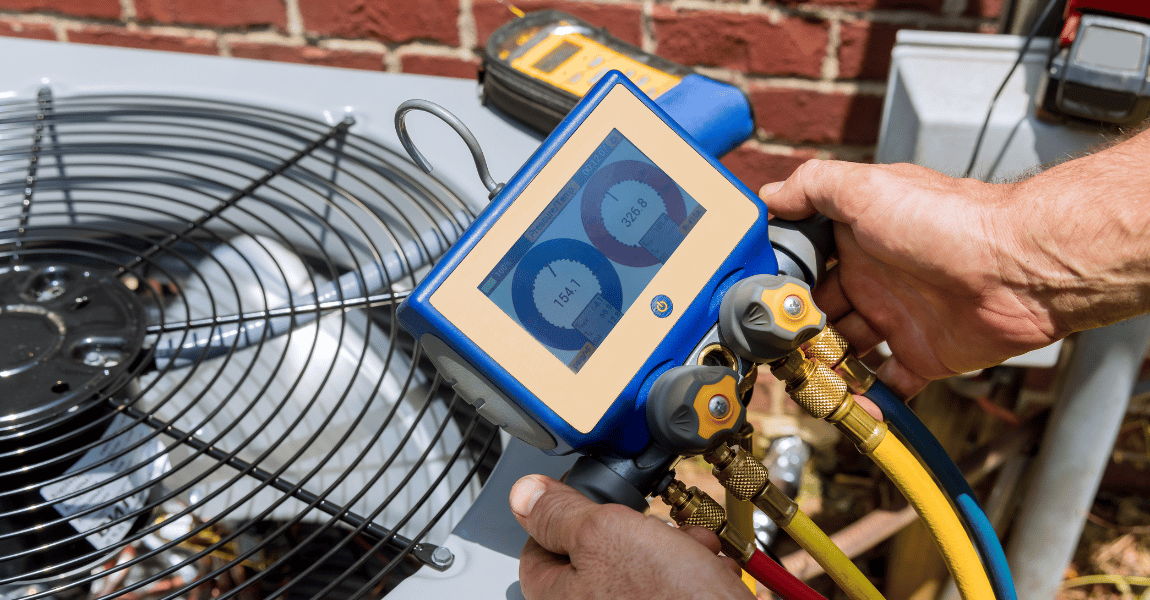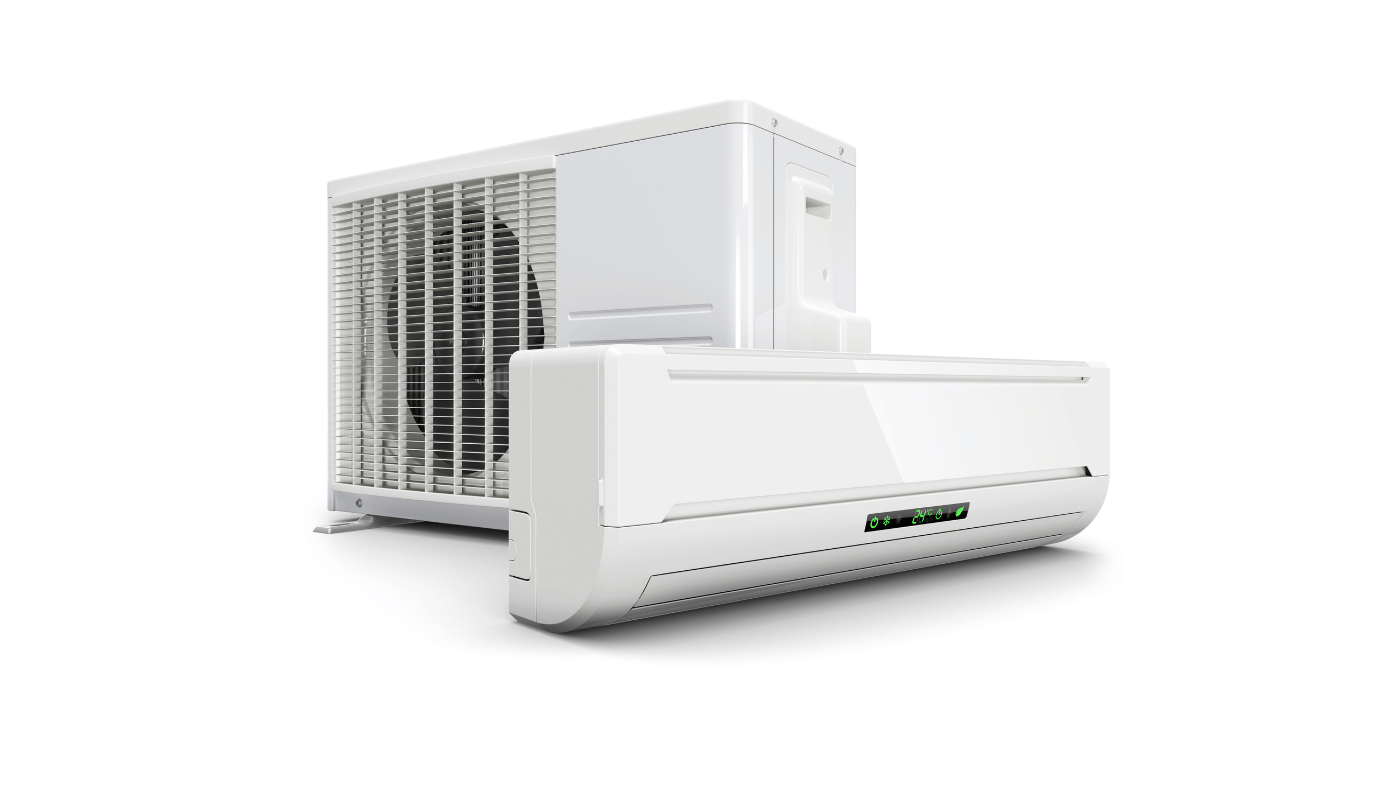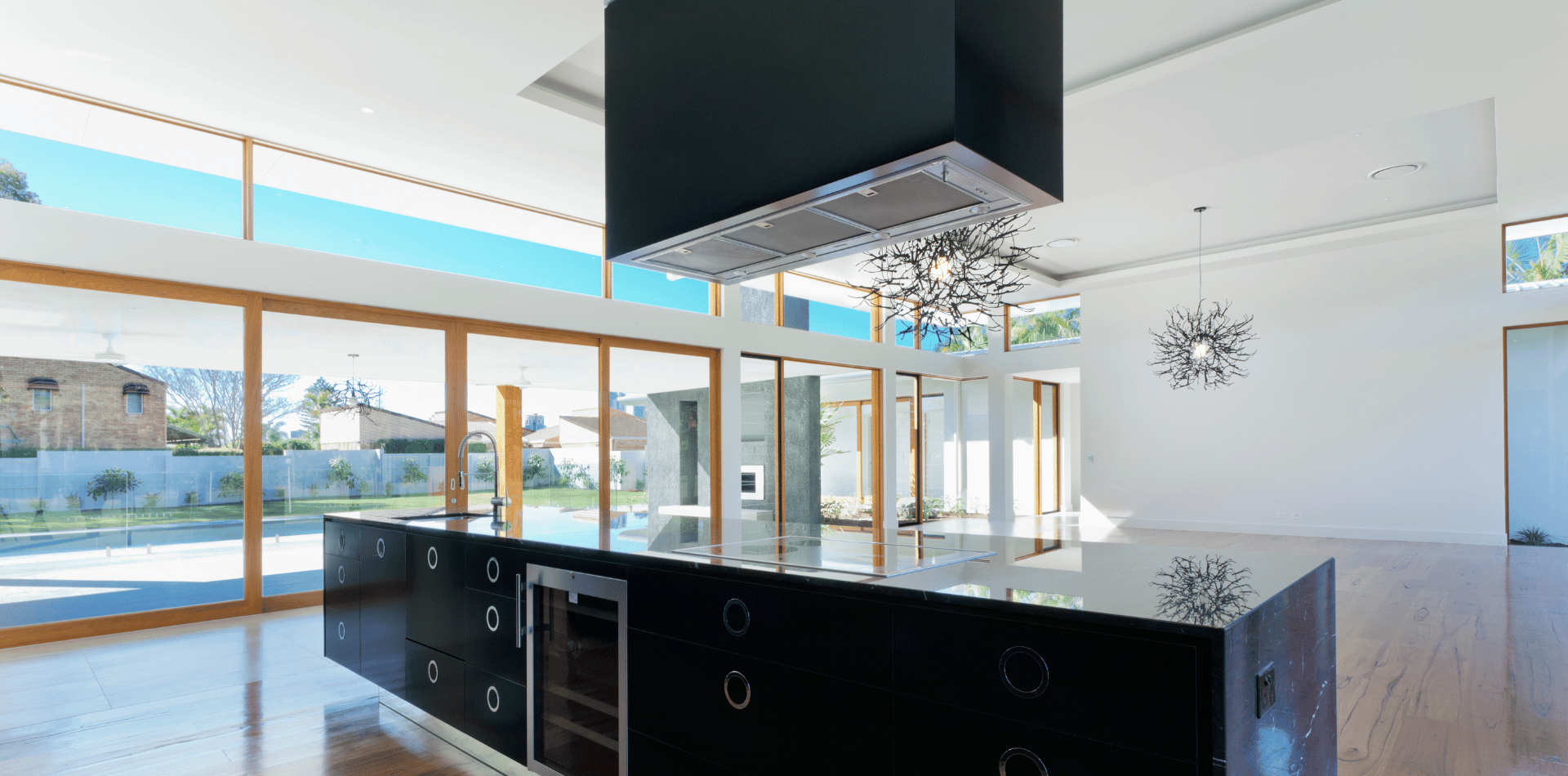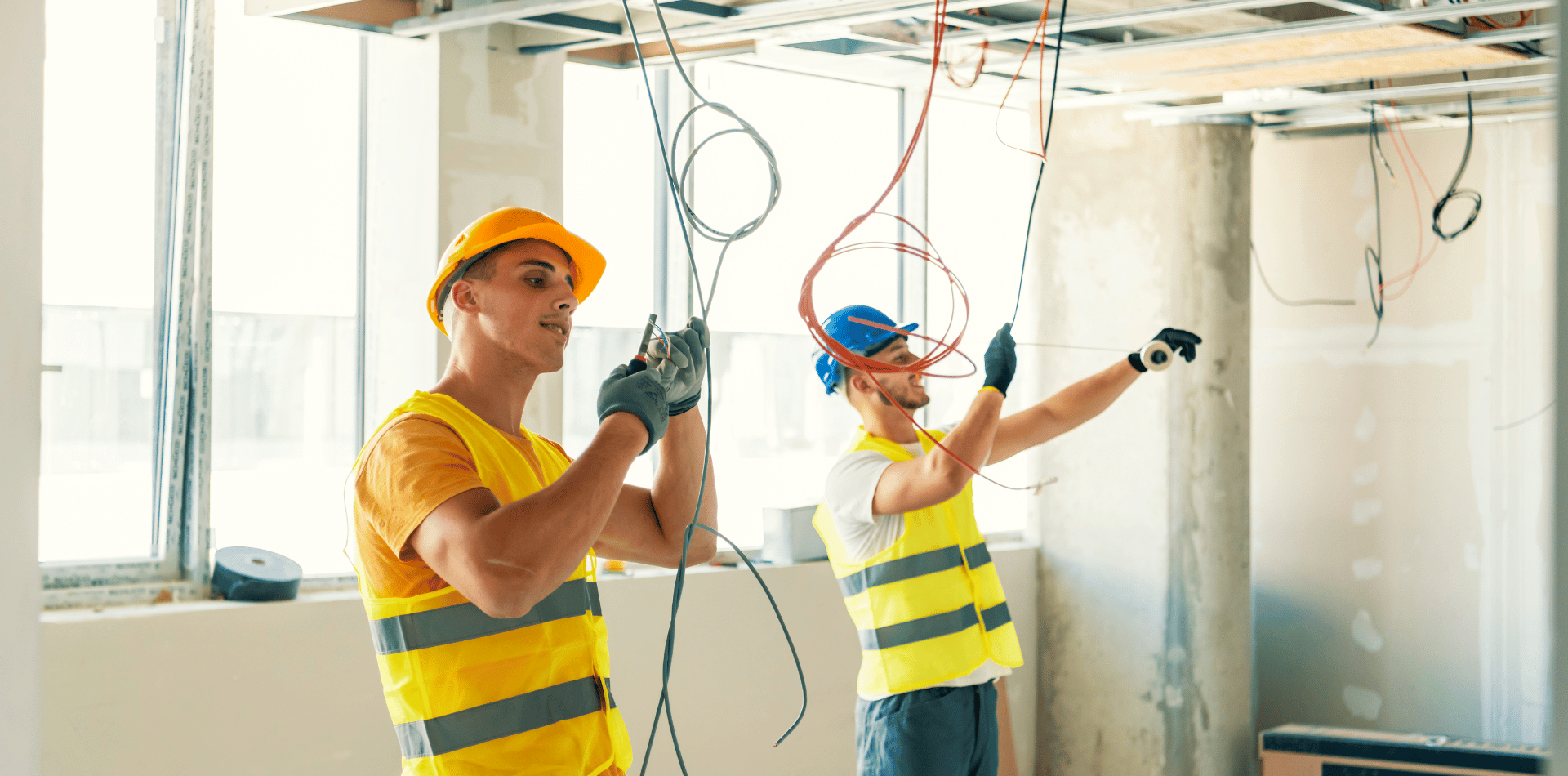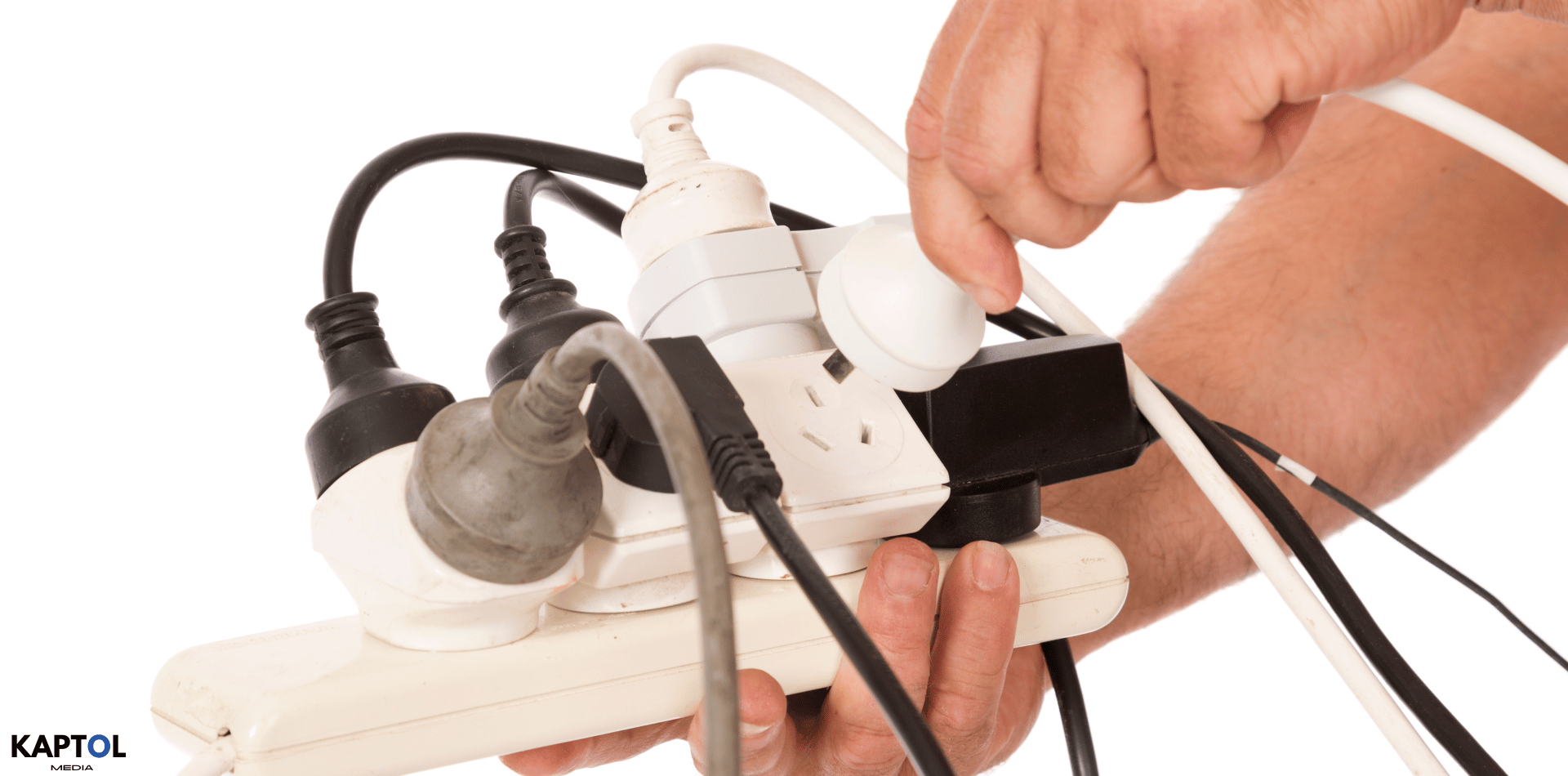How do LED Lights work
Illuminating the Future: The Science Behind LED Lights
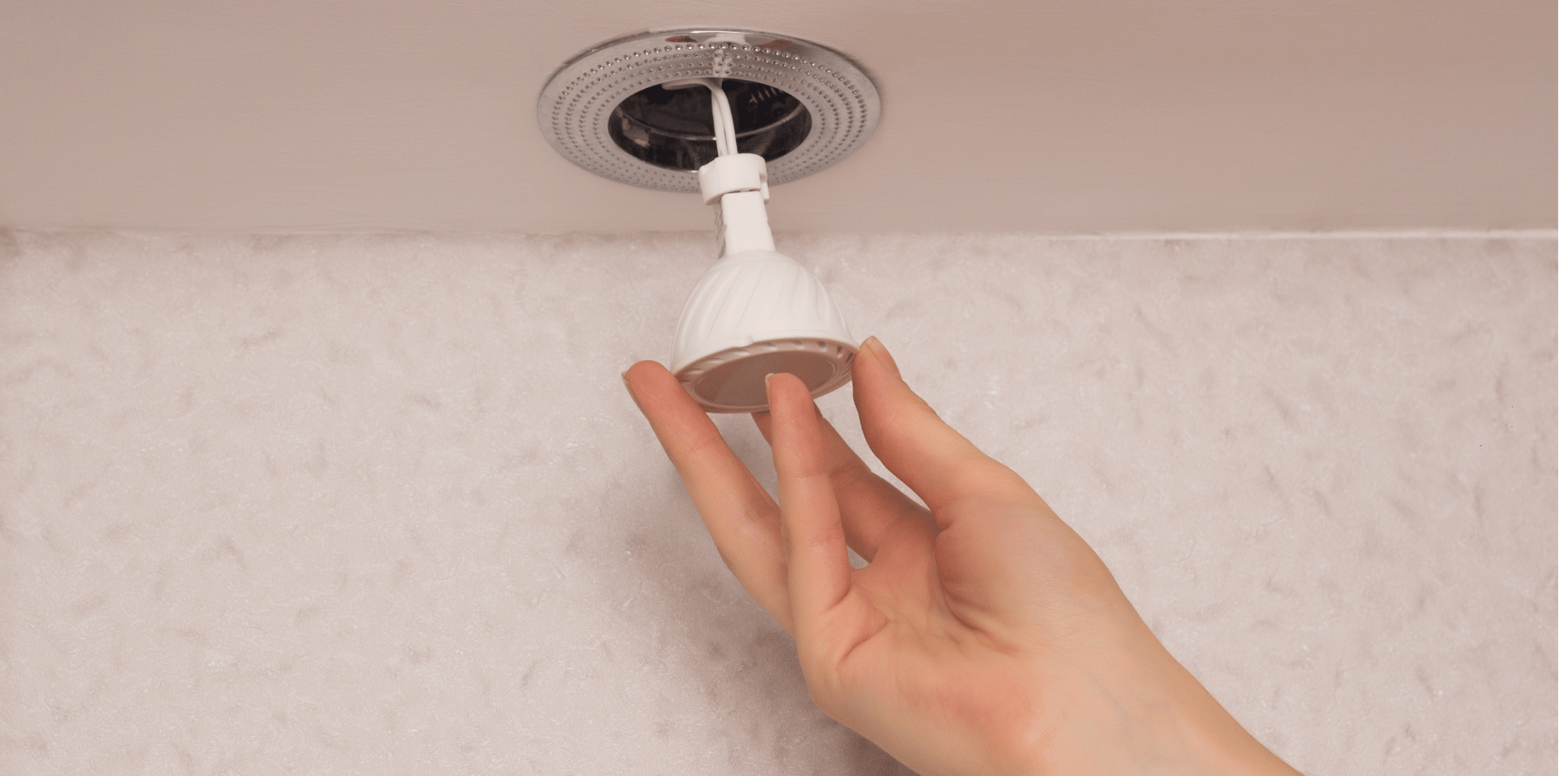
In the ever-evolving world of lighting technology, Light Emitting Diodes (LEDs) have emerged as a revolutionary player, transforming how we illuminate our homes, streets, and workplaces.
From their energy efficiency to their long lifespan, LEDs are increasingly becoming the preferred choice for lighting. But what exactly is an LED, and how does it work?
Let's look into the fascinating science behind LED lights.
Understanding LEDs: The Basics
An LED is a semiconductor light source that emits light when an electric current flows through it.
The heart of an LED is a chip made of a material that creates light photons when electrons are passed through it - a process known as electroluminescence.
The Components of an LED
Semiconductor Material: At the core of each LED is a semiconductor material.
This material is made up of two parts:
- the n-type semiconductor, which has extra electrons,
- the p-type semiconductor, which has extra holes (or places where an electron could be).
Diode Junction: The point where the n-type and p-type semiconductors meet is called the diode junction. When electricity is applied, electrons move across the junction, and when an electron combines with a hole, energy is released in the form of a photon, or light.
Emitting Colours: The specific material used in the semiconductor determines the colour of the light emitted. Different materials can be used to create LEDs that produce various colours, including red, blue, and green.
How LEDs Emit Light
When voltage is applied across an LED, electrons are able to recombine with electron holes within the device, releasing energy in the form of photons.
The colour of the light (corresponding to the energy of the photons) is determined by the energy bandgap of the semiconductor.
This process is far more efficient than traditional lighting methods, such as incandescent bulbs, which generate light by heating a wire filament until it glows.

The Benefits of LED Lighting
LEDs offer several advantages over traditional incandescent and fluorescent lights:
- Energy Efficiency: LEDs use up to 90% less energy than traditional bulbs. This efficiency translates into lower electricity bills and a reduced carbon footprint.
- Longevity: LEDs have a significantly longer lifespan than traditional bulbs. An average LED can last up to 25,000 hours or more, reducing the need for frequent replacements.
- Durability: LEDs are more robust and resistant to breakage as they don't have fragile components like glass bulbs or filaments.
- Versatility: LEDs are available in a range of colours and brightness levels, making them suitable for various applications. They can also be dimmed and are compatible with smart home technologies.
- Instant Lighting: LEDs light up instantly to full brightness, without the flicker or warm-up time of some fluorescent lights.
- Eco-Friendly: LEDs are free from toxic materials like mercury, which is present in some other types of bulbs.
The Future of LED Lighting
As technology advances, the potential applications of LEDs continue to expand.
Smart LED lighting systems, which can be controlled via smartphones or voice-activated devices, are already becoming popular in homes.
In the public realm, LEDs are being used in everything from traffic lights to large display screens.
LEDs represent a leap forward in lighting technology, offering a blend of efficiency, durability, and versatility that is hard to match. As we move towards more sustainable and energy-efficient technologies, LEDs are set to play a pivotal role in shaping our illuminated world.
Whether in the form of a small indicator light or a massive digital billboard, the humble LED continues to brighten our lives in countless ways.

